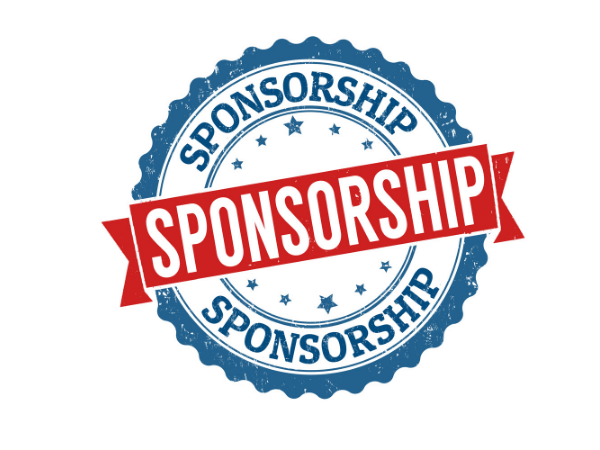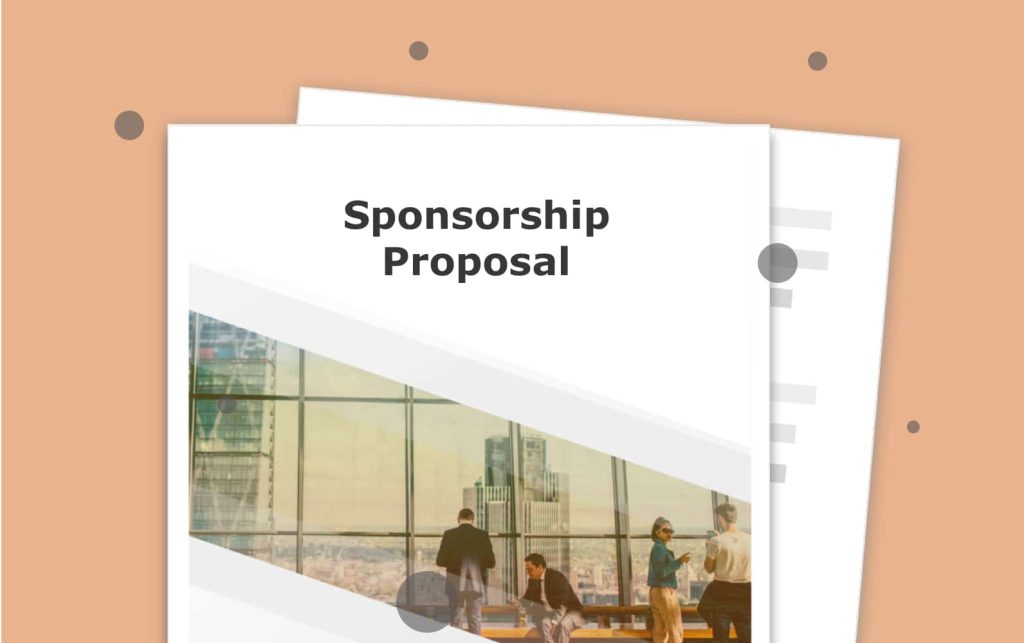So, you want event sponsorships? Of course you do! Sponsorships are often the lifeblood of successful events — they bring in crucial revenue and can significantly enhance the attendee experience when done right.
But here’s the challenge: with more events than ever and limited sponsor budgets, how do you stand out?
It all starts with a more thoughtful, strategic sponsorship pitch. Below are four essential steps to land the right sponsors and build long-term relationships.
Step 1: Target Sponsors That Align With Your Audience
The biggest mistake I see? Mass-blasting sponsorship proposals to any and every company, regardless of whether they’re a good fit.
Why Fit Matters:
Sponsors want to reach an audience that matches their ideal customer. So the first step in your sponsorship sales process is to understand your event’s audience.
Ask yourself:
- Who attends your event?
- What are their demographics, interests, and buying habits?
- Where are they located?
Use audience data to create a list of ideal sponsors who would benefit from being in front of your crowd.
🔍 Pro tip: Sponsorship success happens when there’s a win-win. If a company sees a clear alignment between your audience and their marketing goals, they’re much more likely to say yes.

Step 2: Set a Discovery Call Before Sending a Proposal
Still sending cold, one-size-fits-all sponsorship decks? That approach rarely works anymore.
Instead, warm them up:
Reach out to the prospect and set up a short meeting (phone or in-person) to learn more about their goals.
Ask:
- What does a successful sponsorship look like to you?
- What are your event marketing KPIs?
- How will you measure ROI?
When you understand what matters most to them, you can tailor your proposal accordingly — and increase your chances of closing the deal.
Step 3: Create a Customized, Data-Driven Sponsorship Proposal
This is your moment to shine. Create a high-quality sponsorship deck that’s tailored to the prospect’s specific goals — not just a generic list of logo placements and banner ads.
What to include:
- Brief event overview (keep it to a paragraph)
- Audience demographic data (age, location, interests, buying behaviors)
- Customized sponsorship options that help them achieve their goals
- Specific activations or benefits based on what they told you (e.g. lead generation, sampling, digital impressions, etc.)
🎯 Example: If the sponsor wants lead generation, propose a giveaway or on-site activation where attendees opt in.
Avoid stuffing the proposal with “exposure” metrics unless they directly tie into sponsor objectives.
Make sure your proposal is:
- Visually polished
- Easy to skim
- Focused on outcomes, not just features

Step 4: Follow Up (Multiple Times If Needed)
After presenting the proposal, your job isn’t done. The follow-up process is critical to closing the deal.
Expect these common responses:
- ✅ “Yes”
- 🤝 “Yes, but…”
- ⏳ “We don’t have budget this year, but let’s talk next year”
- ❌ “No”
When you hear “no,” don’t be afraid to politely ask why. Their feedback can:
- Open the door to future opportunities
- Help you tweak your pitch for others
- Clarify budget vs. value perception
📉 If you’re getting a lot of “no” responses, revisit steps 1–3. Often, the issue lies in targeting, discovery, or alignment — not the proposal itself.

Final Thoughts: Sponsorship Sales Takes Time, But It Pays Off
Selling sponsorships for events isn’t a quick process. But when you do the work — researching, listening, customizing, and following up — your success rate will skyrocket.
Remember:
- Start with alignment
- Build the relationship first
- Offer real value
- Focus on outcomes that matter to the sponsor
Want More Sponsorship Tips?
Subscribe to my newsletter for more strategies on:
- Writing winning sponsorship proposals
- Measuring event sponsorship ROI
- Creating sponsorship activations that impress
Or, reach out directly if you’d like feedback on your current pitch
As always if you are looking for a great event to attend you can purchase tickets HERE.
Other Articles


